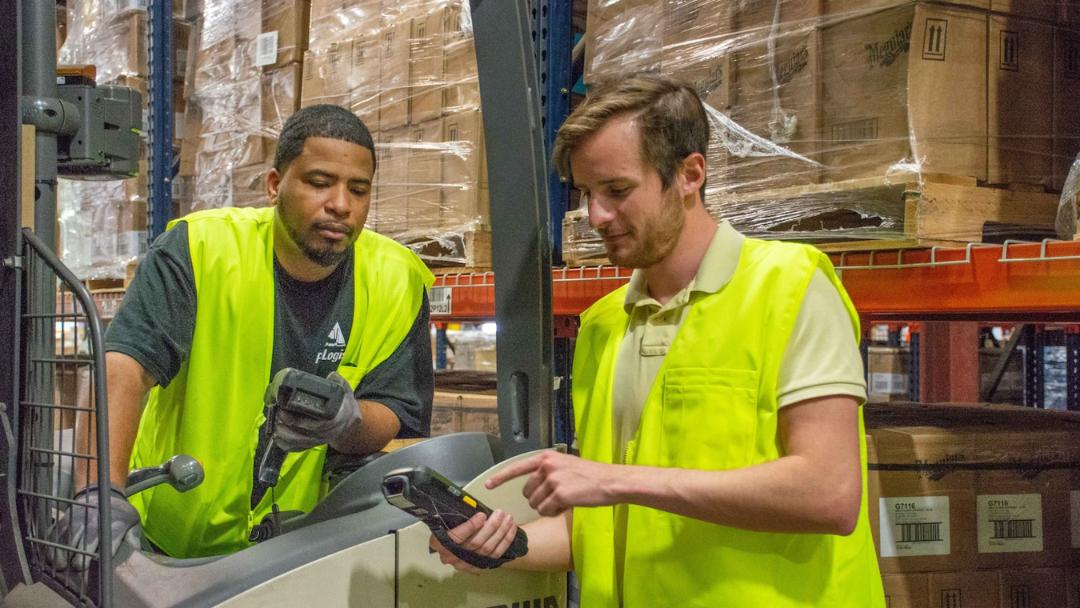The Great Resignation is fueling the rise of boomerang employees across industries. Re-hiring and working with these former employees is becoming an increasingly valuable way to fill open positions while saving your business time and money. This might even have a positive impact on your talent retention, as Enterprise Alumni found 44% of boomerangs have a higher rate of retention over a three-year period.
While the value of recruiting boomerang employees is clear, it's critical to re-hire these workers effectively. The steps to follow for reintroducing and moving forward with boomerang employees include:
1. Recruiting
The most effective way to recruit boomerang employees is toregularly stay in touch with them after they leave the company. Your organization can keep in contact on social media, invite former talent to alumni events or share job openings as they come. Not only does this increase your chance of sparking the interest of former workers, but also the chance of previous talent sharing this information with peers who might be a suitable candidate.
2. Interviewing
Although you've worked with these employees before, interviewing them for the position can be a key factor in determining if they would still be a proper fit for the role, current culture and company overall. Additionally, this is a relevant opportunity to hear about what roles they've held since leaving the company and any new skills they might have gained along the way. You can ask why they would be interested in returning and how bringing their new skill sets to the company would be a benefit to the organization.
3. Evaluation
After the interview process, you'll have time to assess the former employee. Because they have already worked with your organization, you'll also have access to more resources for their current evaluation. This includes considering what they were like to work with before, what their strengths and weaknesses were and if you would be willing to move forward with collaboration again. It's advantageous to reach out to references and complete other background checks to ensure your company is doing its due diligence within the hiring process as well.
4. Onboarding
The onboarding process is still a critical step in bringing in former employees to not only remind them of the specific processes of your company but also to get them up to speed on any new systems or procedures you might have implemented since their departure. Then again, their previous knowledge and improved skillset may enable them to get back into the swing of things quickly. In fact, a report from &Team found boomerang employees are 50% faster to productivity than new recruits.
Going through the normal strategies of your company's hiring process is a beneficial way to approach boomerang employees. While following these steps requires time and attention from your company, they're necessary to ensure your former employees remain a good fit. Luckily, these procedures will still be significantly faster and more effective than finding, recruiting and onboarding completely new candidates. After completing these steps, you're likely to have a productive and efficient employee who, once again, is a valuable member of your team.


